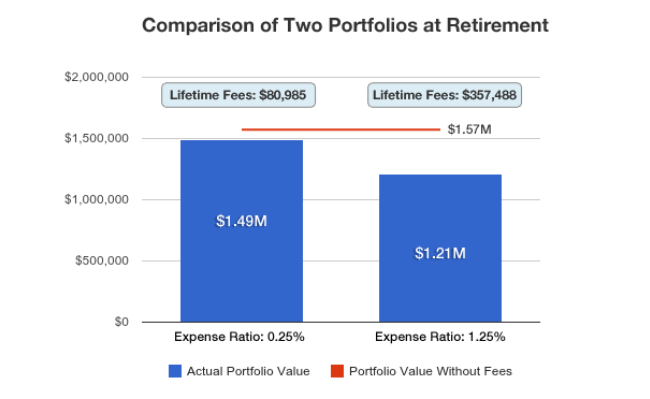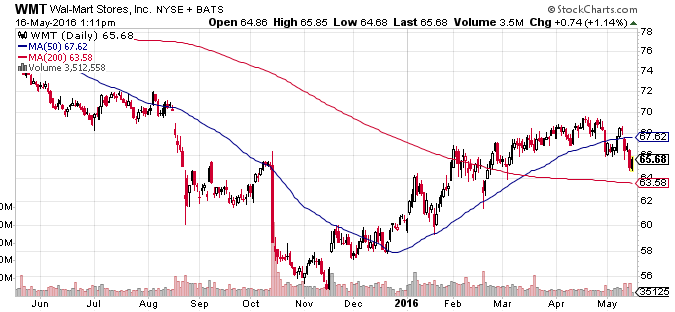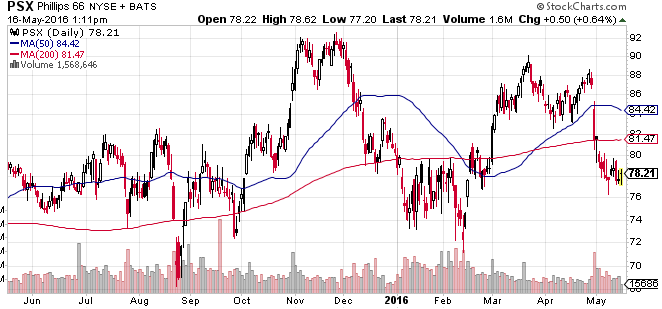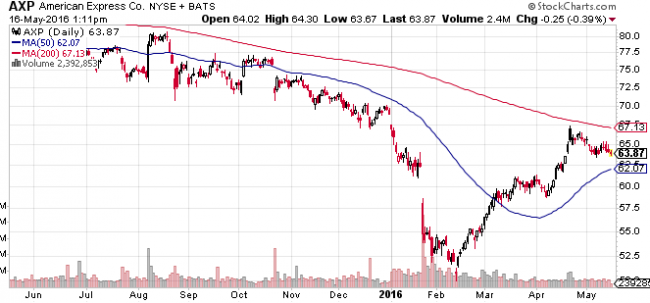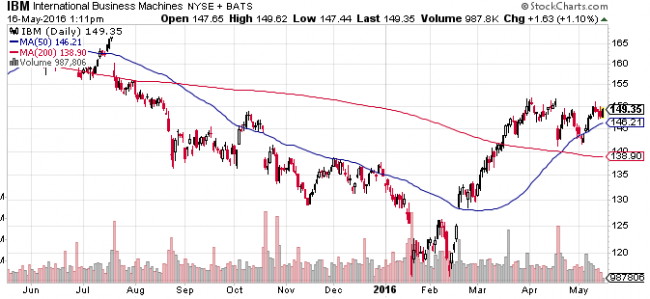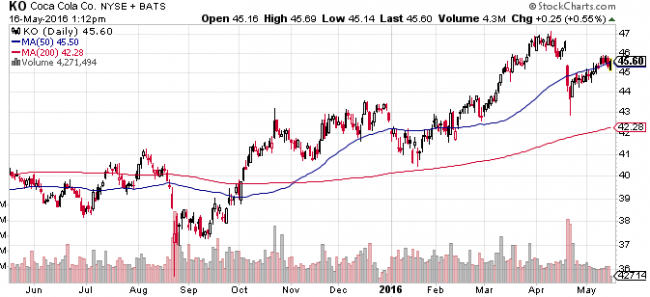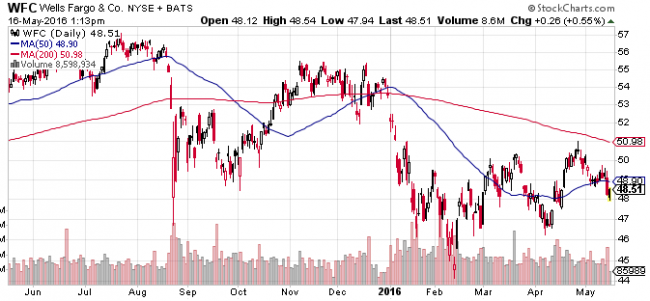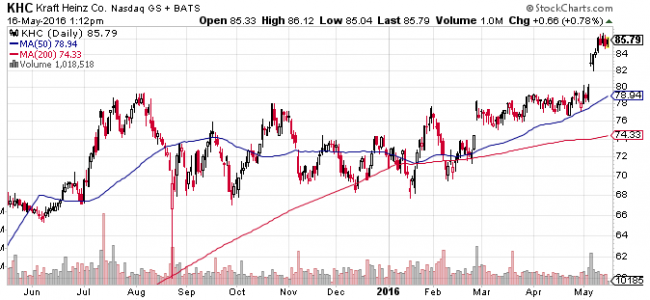


<a
href="http://us-ads.openx.net/w/1.0/rc?cs=07f189b5e0&cb=1463985935940&url=http%3A%2F%2Fwww.cheatsheet.com%2Fmoney-career%2F10-retirement-statistics-will-scare-crap.html%2F%3Fa%3Dviewall&c.width=749&c.height=109&c.tag_id=21781&c.taglink_id=33490&c.scale=0.97196263&c.url=http%3A%2F%2Fwww.cheatsheet.com%2Fmoney-career%2F10-retirement-statistics-will-scare-crap.html%2F%3Fa%3Dviewall&c.params=&c.impression_type=26&c.placement_id=ad0.14374830257748072"
><img
src="http://us-ads.openx.net/w/1.0/ai?auid=538013270&cs=07f189b5e0&cb=1463985935940&url=http%3A%2F%2Fwww.cheatsheet.com%2Fmoney-career%2F10-retirement-statistics-will-scare-crap.html%2F%3Fa%3Dviewall&c.width=749&c.height=109&c.tag_id=21781&c.taglink_id=33490&c.scale=0.97196263&c.url=http%3A%2F%2Fwww.cheatsheet.com%2Fmoney-career%2F10-retirement-statistics-will-scare-crap.html%2F%3Fa%3Dviewall&c.params=&c.impression_type=26&c.placement_id=ad0.14374830257748072"
border="0" alt=""></a>
Scary retirement statistics | Source: Dimension Films
America’s
retirement crisis
is the most gruesome wreck you’ll find on Main Street. New victims are
discovered every day amid a financial bloodbath of too much debt, not
enough savings, and stalled wages. We can’t look away — nor should we.
More than ever, you need to take an active role in preparing your
future self for a time when you’ll want or need to retire. The
company-pension airbag is officially deflated. In 1974, the original IRA
was
introduced
after Congress passed the Employee Retirement Income Security Act. Four
years later, the IRS added a little paragraph to the tax code that led
to the first 401(k) being created in 1981. Today, IRA and 401(K)
retirement accounts have replaced pensions, with one glaring downside:
They are do-it-yourself retirement plans.
When faced with a choice on a seemingly complex subject such as
saving for retirement, individuals often take the default or “no
decision” choice. In the case of voluntary retirement plans, which
require participants to take action in order to save money, the “no
decision” choice is a decision not to save. This is slowly changing as
more employers are
automatically enrolling
workers into 401(k) plans, but if you need a good scare to get you
interested in your own retirement, we’ve assembled a list of the
scariest retirement statistics.
Let’s take a look at 10 retirement statistics that will scare the
crap out of you, and hopefully get you thinking about saving more for
your future self.
1. Nothing saved for retirement
Your mama may have told you to be happy with what you’ve got, but
that isn’t much if we’re talking about retirement savings. A recent
survey from
GoBankingRates.com
finds more than half of Americans have less than $10,000 saved for
retirement, with one in three having nothing saved. The National
Institute on Retirement Security
estimates the nation’s retirement savings gap is between $6.8 and $14 trillion.
Exactly how much you need to save for retirement is an ongoing debate, but one thing is clear: You’ll need more than nothing.
2. Healthcare costs are sickening in retirement
Health truly equals wealth in retirement. Research from
Fidelity
says a couple that retired in 2015, both aged 65, can expect to spend
an estimated $245,000 on healthcare throughout retirement. That’s up
from $220,000 in 2014 and $190,000 in 2005. Longer life expectancies and
anticipated annual increases for medical and prescription expenses are
the primary factors raising the bill.
“The sticker shock of $245,000 hopefully reinforces for many people
that they need to act now, regardless of their age,” said Brad Kimler,
executive vice president of Fidelity’s Benefits Consulting Services, in a
press release. “For people offered a high-deductible health plan with a
health savings account at work, choosing this option can really help
them prepare, especially for Millennials who have a long time to save.”
3. You might be in it for the retirement long haul
Once you hit age 65, roughly the average retirement age, your odds of
living for another decade or two is quite high. Men age 65 today have a
78% chance of living another 10 years, while women have an 85% chance,
according to
research
from JPMorgan. The odds of a long life increase dramatically for
couples. In fact, couples age 65 today have an astounding 97% chance
that at least one of them lives another 10 years and an 89% chance that
one experiences their 80-year birthday. It almost comes down to a coin
flip that at least one person in the relationship lives to 90.
In short, you should plan on living to at least 90 or perhaps even
longer, depending on your family history. I once had an Ameriprise
financial planner tell me he usually assumes his clients are going to
live to be 100, just to be on the safe side.
4. Student loans could come back to haunt your golden years
Millennials know all too well the financial burden of college debt. Recent
findings
from the LIMRA Secure Retirement Institute reveal that millennials who
start their careers with $30,000 in student loans could find have
$325,000 less in retirement savings compared to debt-free peers. This is
a fairly typical debt load for student debt. In 2015, the average
student loan debt totaled $33,000, compared to $10,000 in 1990.
Debt isn’t always terrible. In fact, debt is merely borrowing from
your future self. It can be a wise investment if it leads to a
significant increase in your earning potential. The trick is researching
career options ahead of time and realizing there are ways to reduce how
much you spend on a college degree. Financial aid, scholarships,
technical degrees, and community colleges may all help dampen the impact
of education costs. At least six different
student loan forgiveness programs exist to help you erase college debt.
5. Financial literacy took a detour
I’m reminded of a quote from Mickey Mantle: “It’s unbelievable how
much you don’t know about the game you’ve been playing all your life.”
It’s unbelievable how much people don’t know about an object they’ve
been trying to acquire all their life. Standard & Poor’s conducted
interviews with over 150,000 adults in more than 140 countries to gauge
global
financial literacy.
The results are painful. Only 33% of adults worldwide are able to
correctly answer at least three out of four financial concepts involving
risk diversification, inflation, numeracy, and compound interest. That
means around 3.5 billion adults globally, most of them in developing
economies, lack an understanding of basic financial concepts.
A lack of understanding creates an abundance of uncertainty and stress, which helps explain why 60% of employees
report
feeling somewhat or very stressed about their financial situations, or
why 62% of millennials want a financial advisor to walk them through
every step of the retirement planning process.
6. Millions miss out on “free” retirement money
We need all the help we can get when it comes to saving for
retirement. Unfortunately, millions of Americans aren’t doing themselves
any favors. According to Financial Engines, an independent investment
advisor, one quarter of employees are not saving enough money to receive
their employer’s
401(k) match.
On average, those employees are missing out on an extra $1,336 a year,
or a little less than an extra $25 a week. Overall, Americans are losing
an estimated $24 billion every year in matching contributions.
Wait, it gets worse. Retirement savers are also leaving money on the table with the
Saver’s Credit.
Only 25% of American workers with annual household incomes of less than
$50,000 are aware of the tax credit, which is a benefit available to
low- and moderate-income workers saving for retirement. The credit
reduces a taxpayer’s federal income tax and may be applied to the first
$2,000 ($4,000 if married and filing jointly) of voluntary contributions
an eligible worker makes to a 401(k), 403(b), or similar
employer-sponsored retirement plan, or an individual retirement account
(IRA).
It’s not always easy to contribute to your retirement accounts, and
there’s always an excuse to not do something, but nobody cares about
your future self like you. If you’re having trouble deciding how to
tackle your savings strategy, check out our
Savings 101: Your Cheat Sheet to Financial Security.
7. The market can be a slug sometimes
The stock market has three directions: up, down, and sideways. If
investing in stocks is part of your retirement plan, building wealth can
feel like slow process when the market isn’t moving up in a nice,
straight line. Your retirement balances may even move backwards from
time to time.
Fidelity’s
analysis
of retirement accounts reveal that average balances dipped in the
beginning of 2016. The average 401(k) balance fell from $91,800 in the
first quarter of 2015 to $87,300 in the first quarter of 2016. The
average IRA balance fell from $94,100 to $89,300 over the same period.
These declines are due to the stock market’s worst new-year start in
history, which is why it’s vital that you think of investing as a
multi-decade process, and not get caught up in short-term volatility.
8. Fees can rob your retirement blind



<a
href="http://us-ads.openx.net/w/1.0/rc?cs=07f189b5e0&cb=1463985936546&url=http%3A%2F%2Fwww.cheatsheet.com%2Fmoney-career%2F10-retirement-statistics-will-scare-crap.html%2F%3Fa%3Dviewall&c.width=642&c.height=95&c.tag_id=21781&c.taglink_id=33490&c.scale=1.1339564&c.url=http%3A%2F%2Fwww.cheatsheet.com%2Fmoney-career%2F10-retirement-statistics-will-scare-crap.html%2F%3Fa%3Dviewall&c.params=&c.impression_type=26&c.placement_id=ad0.19788078805479004"
><img
src="http://us-ads.openx.net/w/1.0/ai?auid=538013270&cs=07f189b5e0&cb=1463985936546&url=http%3A%2F%2Fwww.cheatsheet.com%2Fmoney-career%2F10-retirement-statistics-will-scare-crap.html%2F%3Fa%3Dviewall&c.width=642&c.height=95&c.tag_id=21781&c.taglink_id=33490&c.scale=1.1339564&c.url=http%3A%2F%2Fwww.cheatsheet.com%2Fmoney-career%2F10-retirement-statistics-will-scare-crap.html%2F%3Fa%3Dviewall&c.params=&c.impression_type=26&c.placement_id=ad0.19788078805479004"
border="0" alt=""></a>
Retirement fees | Source: FutureAdvisor
Life is full of fees: convenience fees, installation fees,
cancellation fees, ATM fees, checked-bag fees, it never ends. Most of
the time these fees are expressed in dollar signs, unless we’re talking
about investing fees. Wall Street has some of the most elusive fee
disclosures you’ll find. Instead of dollar signs, expense ratios (the
most common fees in retirement accounts) are expressed as percentages.
For example, an expense ratio of 1.25% sounds insignificant but in terms
of dollars, that fee will cost you $125 annually for every $10,000
invested. Compounded over time, that adds up to staggering amounts.
Making matters worse, you don’t see the fee subtracted from your balance
statement. Instead, it’s subtracted from your market returns before
your statement is even made.
FutureAdvisor
calculates how different expense ratios affect two identical 401(k)
portfolios starting at $10,000, and receiving the maximum annual
contribution for 40 years. The first portfolio has an expense ratio of
only 0.25%. It reaches a value of $1.49 million, with $80,985 in
lifetime fees paid. The second portfolio has an expense ratio of 1.25%.
It reaches a value of $1.21 million. That’s still a nice payday, but
lifetime fees totaled a whopping $357,488. You could have saved $276,503
by simply choosing a low-cost fund (all other things equal).
Lesson learned: Pay attention to fees. You don’t always get what you
pay for on Wall Street. If you notice an abundance of high-cost funds in
your 401(k), talk to your employer about switching providers. Some
employers actually do care about their employees’ retirement options.
Examples of low-cost providers include Ubiquity, Employer Fiduciary, and
Vanguard.
9. You might not retire on your own terms
Not everyone will be able to work well into their 80s like Warren
Buffett, or well into their 90s like his right-hand man Charlie Munger.
Gallup finds the average retirement age is 62. This corresponds with the
Center for Retirement Research at Boston’s
research that finds the average retirement age is about 64 for men and 62 for women.
Retiring when you’re physically and financially able to enjoy life is
great news, but that’s not always the case. In fact, 55% of retirees
actually
retired earlier than expected,
with health reasons cited as the number one reason, followed by job
loss. The third of workers expecting to never retire are in for a rude
awakening. Don’t count on being able to work longer to make up for a
lack of savings.
10. Social Security to become less sociable
Nobody knows what exactly Social Security will look like in a couple
decades, but it will most likely be different in some capacity. Without
some type of reform, benefits will need to be cut by 23% in aggregate in
2033, according to a
recent report
from the Social Security Administration. In other words, after the
depletion of reserves, continuing tax income is expected to be
sufficient enough to pay 77% of scheduled benefits in 2033.
Social Security is a lifeline to retirees. According to the
Transamerica Center for Retirement Studies, Social Security is the most
common cited source of income for retirees, with savings and investments
at a distant second. The median age they started collecting benefits
was 62. In fact, the Economic Policy Institute, a nonpartisan think
tank, estimates that Social Security keeps nearly 27 million Americans
above the
poverty threshold, as gauged by the Supplemental Poverty Measure.
Culled from Money & Career Cheat Sheet




